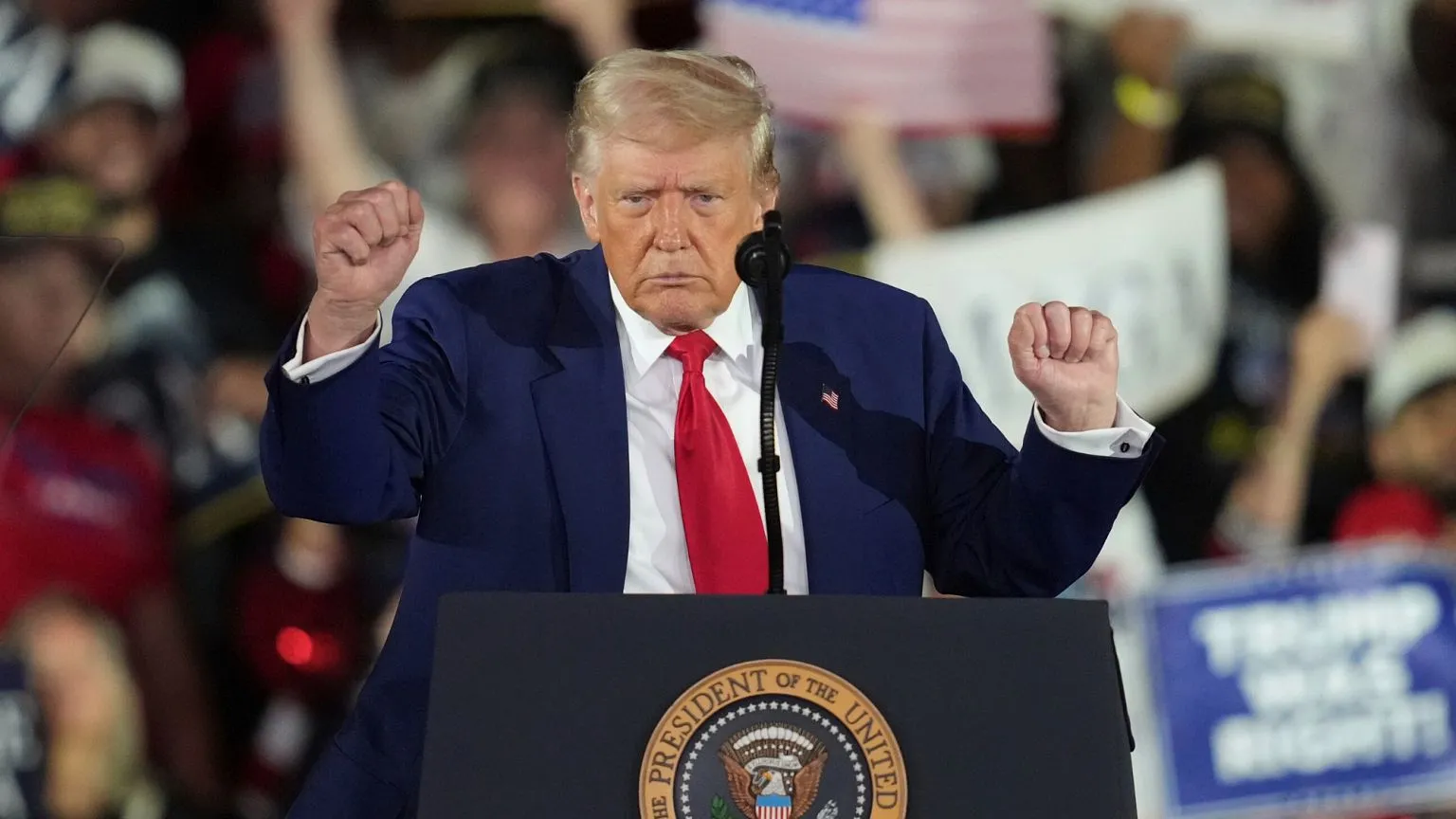The U.S. Budget Could Be Blown Out by a Court Striking Down Trump's Tariffs
It remains uncertain whether President Donald Trump’s April 2 “liberation day” tariffs will ultimately be ruled illegal. However, even if the courts strike them down, Trump has multiple strategies at his disposal to maintain his trade measures—and he’s likely to use them.
Billions of dollars in U.S. government revenue hinge on the pending decision from the U.S. Federal Court of Appeals, which has not provided a specific timeline but is expected to deliver a verdict by late September at the latest. If the tariffs are invalidated, questions arise over how the government will handle the revenue already collected and how financial markets—particularly stocks and bonds—will react.
The legal dispute centers on the Trump administration’s use of the International Economic Emergency Powers Act (IEEPA) to justify imposing tariffs. Last week, the administration’s legal team defended its position before the appeals court.
Earlier this year, on May 28, the U.S. Court of International Trade ruled that using IEEPA for tariffs was unlawful and that companies were entitled to refunds. However, neither the Justice Department nor the court has issued public statements since that ruling.
At the core of the debate is the interpretation of IEEPA’s language. The statute does not explicitly mention “tariffs,” granting the president authority only to “regulate importation” and “impose import restrictions.” This was a key argument made by V.O.S. Selections, a small New York City wine importer that brought the lawsuit.
Historically, IEEPA was upheld in a similar case during President Nixon’s era. In 1974, the U.S. imposed a 10% tariff on Yoshida International, a Japanese firm. At that time, attorneys argued that tariffs were outside IEEPA’s scope.
The court, however, concluded that the power to “regulate” could include tariffs if they were reasonably connected to an emergency situation. Importantly, that case involved just one company from one country, whereas Trump’s tariffs are broader and affect multiple nations.
Trade lawyers suggest that if the appeals court sides with the plaintiffs and declares Trump’s tariffs illegal, importers could seek refunds for duties already paid. This could potentially drain billions from government coffers and ripple through the bond market by affecting U.S. Treasury yields. Tariffs are projected to generate $300 billion for the Treasury this year and up to $3 trillion over the next decade. A ruling against IEEPA could also force a reassessment of the federal budget and recent tax cuts.
Trump’s landmark trade deals—including agreements with the European Union, India, Japan, and South Korea—are all tied to IEEPA tariffs. If those are invalidated, the deals themselves could be at risk. Bond markets are unlikely to absorb the revenue loss easily, as replacing IEEPA tariffs with sector-specific levies, like the Section 232 steel tariffs, wouldn’t compensate for the shortfall.
On the equity side, eliminating these tariffs could lift stock prices, especially for retailers that have been weighed down by higher import costs. Interestingly, despite elevated tariffs on Chinese goods and a 10% levy on global imports, the SPDR S&P Retail ETF has slightly outperformed the broader S&P 500 index in recent months.
Should IEEPA tariffs be struck down, Trump has other levers to pull. One option is imposing Section 122 tariffs of 15% for 150 days. These temporary tariffs can be extended by Congress and resemble IEEPA tariffs in structure, as they also require a presidential declaration of a balance-of-payments emergency—the same rationale Trump used in April.
Another alternative is reinstating the previously higher 25% Section 232 automotive tariffs on imports from the EU, Japan, and South Korea, which were reduced to 15% after new trade agreements.
Trump has made it clear that his aggressive trade stance aims to correct longstanding global imbalances. Both he and Treasury Secretary Scott Bessent have downplayed concerns over IEEPA’s potential invalidation, suggesting they either have contingency plans or are confident that the Supreme Court would ultimately uphold their interpretation—that imposing tariffs falls within the statute’s authority to regulate imports.
Tony Nash, CEO of the financial forecasting platform Complete Intelligence and co-host of the Cloak and Dagger podcast, shares this confidence. “I think they’re going to stay,” Nash said of the IEEPA tariffs. “The Appeals Court can do what they want, but if they go against Trump, the Supreme Court will rule it is fine. I wouldn’t be surprised if some counterparties are betting these tariffs will be overturned—but that’s a very risky bet.”
In short, even if the court strikes down the current IEEPA-based tariffs, Trump has multiple backup strategies to keep tariffs in place, meaning investors and markets should prepare for continued trade policy uncertainty well into the future.

Subscribe to our newsletter!
As a leading independent research provider, TradeAlgo keeps you connected from anywhere.








